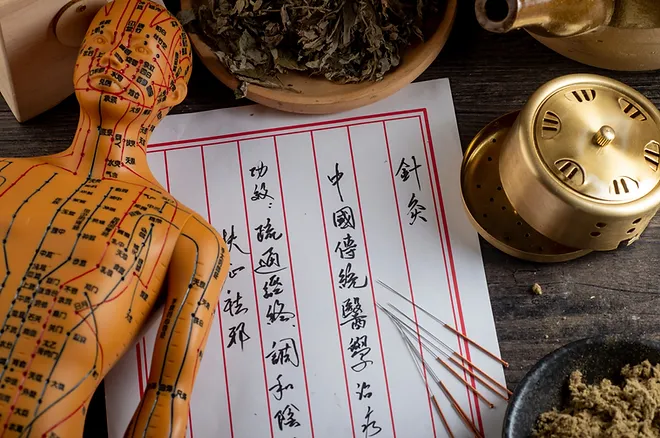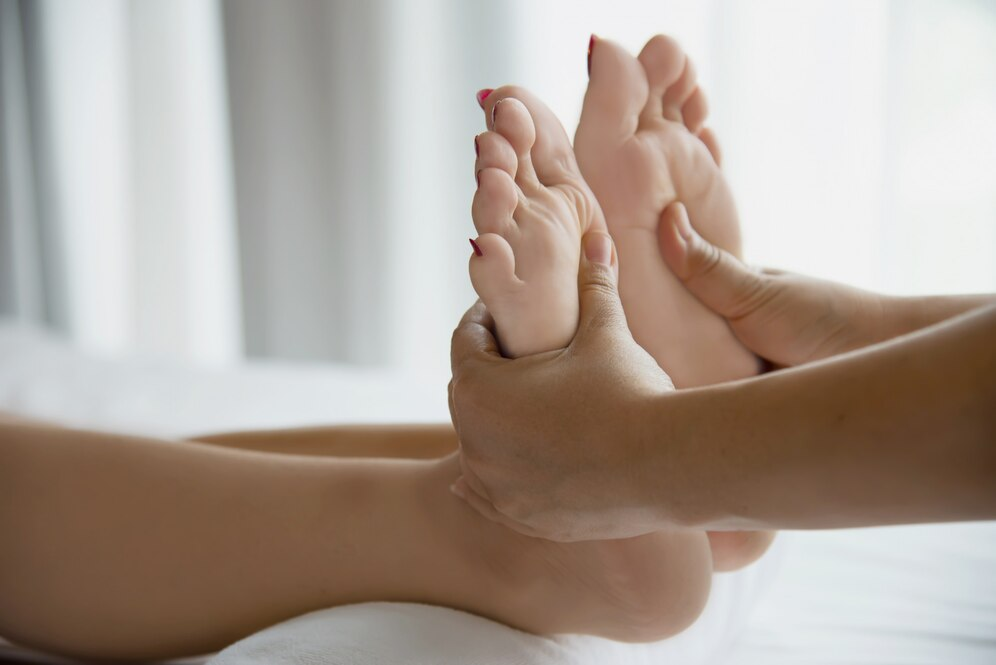Discover Your Perfect Healer Today!
Our online practitioner directory connects you with a wide range of healers to suit your unique needs.
Easily search and find the right professional to support your wellness journey.
Start exploring today to find your perfect match.
Modality
Disease
Books
Products
Events
Training
Blogs
Acupuncture
Cultural Perspectives: How Acupuncture is Practiced Around the World
Acupuncture is a Chinese treatment technique that has gained popularity in different regions of the world and thus modified. While it is true that there ...
Read More → Written by
David Brown
Homeopathy
Key Concepts and Techniques in Homeopathy Explained
Homeopathy is a system of medicine that is different from orthodox medicine in its ideology and treatment methods as it takes care of the individual. ...
Read More → Written by
James Williams
Reflexology
Expert Tips for Maximizing the Healing Power of Reflexology
Reflexology is a powerful therapy with a better balance in the body, reduction of stress, and promotion of healing. However, its positive effects can be ...
Read More → Written by
John Smith
Functional Medicine
How to Choose the Right Functional Medicine Professional?
Always be cautious when looking for a practitioner of functional medicine. This approach emphasizes research into the cause of the problem instead of merely treating ...
Read More → Written by
David Brown
Naturopathy
Uncovering the Historical Roots of Naturopathy
Naturopathy draws its roots from the various ancient practices and philosophies oriented towards health and cure. Understanding the historical origin of naturopathy is the stepping ...
Read More → Written by
Michael Johnson
Integrative Medicine
Integrative Medicine: A Path to a Healthier You
Innovative medicine is changing health care as it combines the best parts of conventional health care with proven complementary treatments that are evidence-based. This approach ...
Read More → Written by
David Brown






